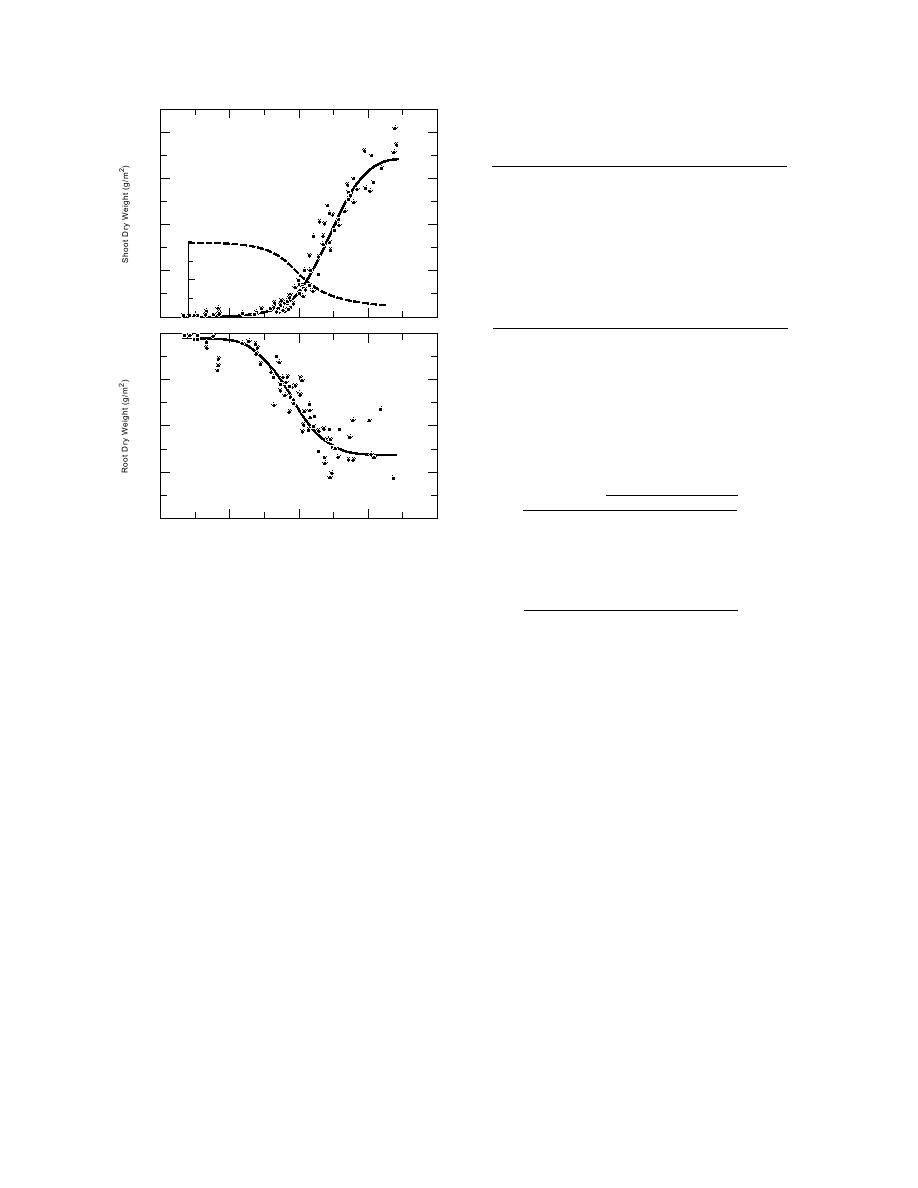
Table 1. Maximum root length density, MRLD,
(cm cm3) in the topsoil for various field crops.
2000
Crop
MRLD
Reference
1500
Winter wheat
12.2
Barraclough et al. (1989)
Winter rape
9.7
Barraclough (1989)
Spring barley
4.2
Welbank et al. (1974)
1000
Maize (US)
4.0
Mengel and Barber (1974)
A
Spring wheat
3.3
Welbank et al. (1974)
0.4
Sugar beet
2.6
Brown and Biscoe (1985)
500
Pea
2.5
Greenwood et al. (1982)
0.2
Potato (NL)
1.9
Vos and Groenwold (1986)
Soybeans (US)
1.0
Barber (1978)
Broad beans
0.8
Greenwood et al. (1982)
0
0
Table 2. Root:shoot ratio of sor-
ghum seedlings as affected by
50
soil temperature and soil water
matric potential. Data are means
100
of three observations (after Brar et
al. 1992).
Soil
Root:shoot ratio
150
temperature
Soil water potential (MPa)
(C)
0.03
0.10
200
0.34b*
0.43ab
0
100
200
300
400
15.9
Time (days)
0.39b
0.60a
20.5
0.75a
0.66a
25.2
Figure 3. The growth of roots and shoots of high-input
0.39b
0.44ab
30.2
UK winter wheat crops in relation to the number of
0.36b
35.8
0.06
days from sowing. A = anthesis (after Barraclough et
LSD (P ≤ 0.05)
0.035
0.42
al. 1991).
* Within columns, means not followed
by common letter differ (P ≤ 0.05) accord-
ing to Fisher's Least Significant Differ-
ence Test.
MPa soil water potential at 15.9, 20.5, and 30.2C.
ROOT FUNCTIONS
Significant correlations (r2 = 0.96) were obtained
The major functions of plant roots are water
for shoot dry matter with root dry matter of tall
transport, nutrient uptake, plant anchoring, and
and fine fescues (Brar and Palazzo 1995). Further-
plant metabolite storage. Roots absorb water and
more, significantly greater rootshoot growth of
nutrients simultaneously from deep and shallow
tall fescue was observed in silt loam compared
soil horizons and from moist and partially dry
with sandy soil. Cool-season grasses (C3 photo-
soil (Rendig and Taylor 1989). Plant anchoring is
synthesis) had lower root:shoot ratios compared
important for the shoot to emerge through crust-
with warm-season grasses (C4 photosynthesis).
ed soils and for roots to force a path through a soil
During the last seven years, plant water rela-
matrix to keep the plant from falling. Storage ca-
tion concepts have changed, and roots rather
pacity of metabolites is greater for fleshy roots
than shoots are considered to regulate plant
compared with grasses. Roots are believed to be
growth and development in drying soil. Kramer
the primary source for growth regulators such as
(1988) reported that 50 years of progress in our
cytokinin, gibberellin, abscisic acid, and ethylene.
understanding of plant water relations were lost
by shifting emphasis away from the soil to the
shoots of the plant. Recent evidence suggests that
Water uptake
root signals influence stomatal behavior, leaf ini-
Soil water uptake is usually assumed to be
tiation, leaf expansion, and other development
proportional to the product of the rooting activ-
processes (Davies and Zhang 1991). Current
ity, hydraulic conductivity, and potential energy
thinking in this area is summarized in Figure 4.
terms for any specific soil volume element of uni-
4



 Previous Page
Previous Page
